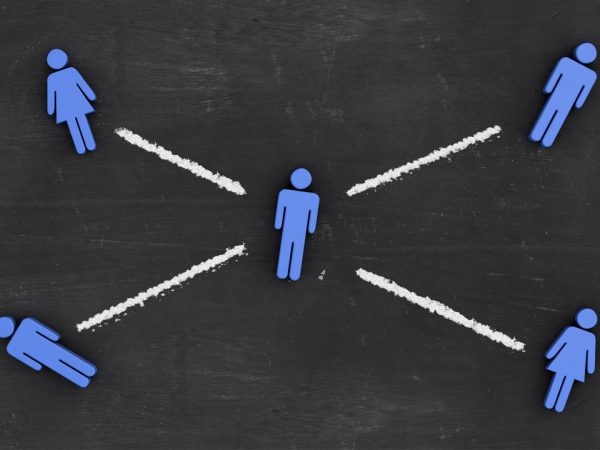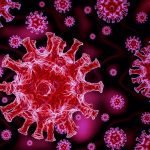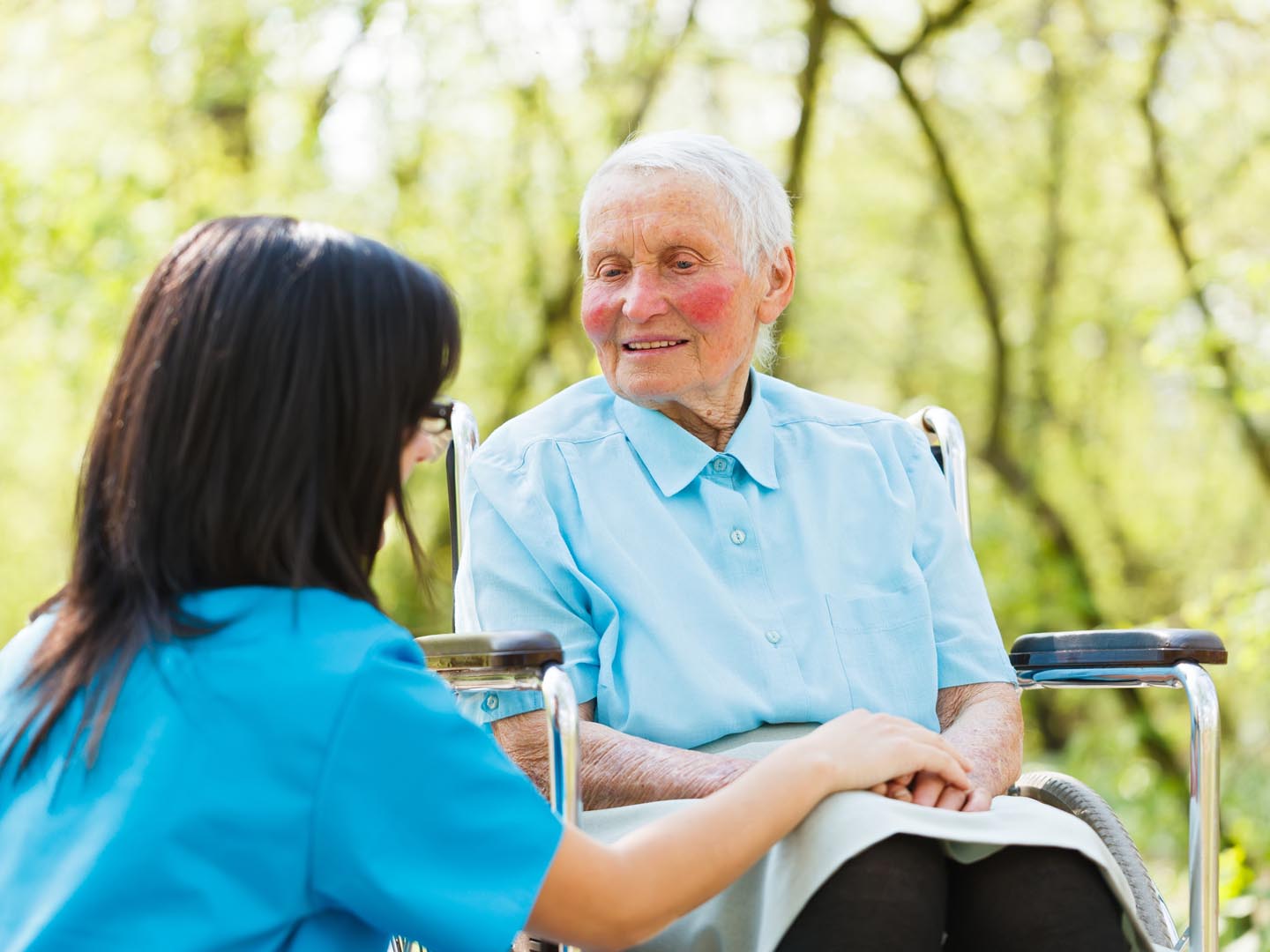What Does Social Distancing Mean?
I understand the importance of staying away from large groups of people to protect against catching the corona virus, but I am not clear about “social distancing” and who is supposed to practice it.
Andrew Weil, M.D. | April 15, 2020

Social distancing means keeping at least six feet of space between you and other people. The fewer contacts you have with others, the lower your chances of becoming infected. Social distancing is recommended for healthy people who have not been exposed to the virus. It is different from “self-quarantining,” a precaution for people who believe they may have been exposed. Self-quarantining lasts for two weeks, the time it usually takes for symptoms to appear. “Self-isolation” applies to people who have tested positive for the virus or who have symptoms and suspect that they’re infected, as well as those who have been hospitalized and whose cases are stable enough to go home.
Research has shown that people who look and feel healthy may be carrying the virus and can infect others. If possible, it’s best to avoid public transportation and social gatherings. Working at home is also advised. None of this means that you have to isolate yourself indoors. There’s no reason not to go outside as long as you stay six feet away from other people and don’t touch common surfaces (surfaces that other people are likely to have touched, like door handles, shopping cart handles, rails on stairs, etc.). Be sure to wash your hands when you return home.
The federal government is urging older people and those with lung or heart conditions, a weakened immune system or other serious health problems to stay at home and away from others because seniors are at highest risk of developing severe disease from the corona virus.
In an article for USA Today, professors Marc Lipsitch and Joseph Allen of the Harvard T.H. Chan School of Public Health wrote that “physical distancing” might be a better term than “social distancing,” because the goal is to separate physically, not emotionally. They note that it isn’t possible to stay 100 percent physically separated for many reasons – “keeping food on the table and medicines in the cabinet, keeping the basics of society functioning and maintaining mental health.” But it does mean foregoing errands that aren’t urgent as well as in-home social visits that can be done by phone or Facetime.
New research suggests that many infections in China were not recognized because symptoms were mild, limited – or did not occur at all – but the people affected still could spread the virus. If that’s the case here, those who believe they are at low risk may be driving the epidemic.
Andrew Weil, M.D.
Source:
Rulyun Li et al “Substantial undocumented infection facilitates the rapid dissemination of novel coronavirus (SARS-CoV2),” Science, March 16, 2020, DOI: 10.1126/science.abb3221














